Exp.CVE-2018-0860
Remove Exp.CVE-2018-0860 In Simple Clicks
Exp.CVE-2018-0860 errors which should also be noticed 0x8024401E WU_E_PT_HTTP_STATUS_GONE Same as HTTP status 410 - requested resource is no longer available at the server., 0x00000035, 0xf0811 CBS_E_MANIFEST_VALIDATION_MISSING_REQUIRED_ELEMENTS required attributes are missing, 0x8024F004 WU_E_SERVER_BUSY The server rejected an event because the server was too busy., 0x80244025 WU_E_PT_FILE_LOCATIONS_CHANGED Operation failed due to a changed file location; refresh internal state and resend., 0x0000001C, 0x8024400C WU_E_PT_SOAP_MUST_UNDERSTAND Same as SOAP_E_MUST_UNDERSTAND - SOAP client was unable to understand a header., 0xf0819CBS_E_DUPLICATE_UPDATENAME update name is duplicated in package., 0x8024C003 WU_E_DRV_REG_MISMATCH The registry type read for the driver does not match the expected type., 0x00000079, 0x00000068, 0x8024000F WU_E_CYCLE_DETECTED Circular update relationships were detected in the metadata., 0x00000082, 0x00000075, x8024F001 WU_E_REPORTER_EVENTCACHECORRUPT The event cache file was defective., 0x80246006 WU_E_DM_WRONGBITSVERSION A download manager operation could not be completed because the version of Background Intelligent Transfer Service (BITS) is incompatible.Easy Steps To Uninstall Exp.CVE-2018-0860 From Infected Operating System
Exp.CVE-2018-0860 is detected as a perilous Operating System threat which can harm your Operating System data and files very badly. It intrudes your Operating System silently and secretly so that you will not identify its presence easily and it can spread itself as much as possible. It can corrupt your data and make it inaccessible. Moreover, it can cause your Operating System to degrade its performance and applications to respond slowly.
You can infect your Operating System in many ways like when you open a spam email, visit some unknown and untrusted site, clicking malicious ads or pop-ups and many other ways. But one important method used by Exp.CVE-2018-0860 is bundling method in which it gets installed directly with the installation of free downloads. On its arrival into the system, it can almost disturbs the internal settings and functioning of the Operating System. Hence, if you find such malware into the Operating System, you need to Uninstall it.
Guide 1 : Take Down Exp.CVE-2018-0860 From Chrome In Operating System
Guide 2 : Take Down Exp.CVE-2018-0860 From Control Panel In Operating System
Guide 3 : Take Down Exp.CVE-2018-0860 From Registry Entry In Operating System
Guide 4 : Take Down Exp.CVE-2018-0860 From Task Manager In Operating System
Guide 5 : Guides To Start Operating System In Safe Mode
Steps To Effectively Uninstall Exp.CVE-2018-0860 From Your Operating System
Guide 1 : Take Down Exp.CVE-2018-0860 From Chrome In Operating System
From Internet Explorer -
- Click on Gear icon to open Tools menu in the Internet Explorer window.
- Click on Manage Add-ons option.
- Goto Toolbars and Extensions tab.
- Locate Exp.CVE-2018-0860 related add-ons - > Disable button.
- Click More information button and finally click on Uninstall button to completely Uninstall Exp.CVE-2018-0860.

From Google Chrome -
- At first, launch the Google Chrome browser.
- Click on gear icon present in your browser to open Chrome menu.
- Click on Tools option.
- Click on Extension.
- Select all unwanted extensions.
- Click on trash bin icon to Uninstall Exp.CVE-2018-0860.

From Mozilla Firefox -
- Click on the Menu icon present at the top right corner of the browser.
- Select Add-ons option.
- In the Add-ons window, choose the Extensions or Appearance panel.
- Select add-on related to Exp.CVE-2018-0860 which you want to Uninstall.
- Click the Remove button.
- Click Restart if it asks.
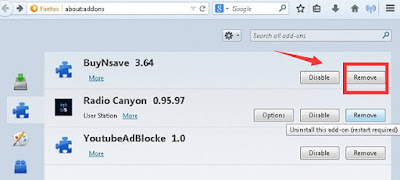
From Microsoft Edge -
- Click on More (...) icon and click Settings then.

- Now, select A specific page or pages under the Open with option.
- Again, select Custom option.
- Type the URL of the page you want to set as your browser's default homepage.

Guide 2 : Take Down Exp.CVE-2018-0860 From Control Panel In Operating System
For Windows XP
- Click on Start button and click Control Panel.

- Select Add or Remove Programs option.

- Find and Uninstall Exp.CVE-2018-0860 related programs in the window that appears.

For Windows 7
- Press Window key present on the keyboard.

- Click Control Panel option from the menu.

- A Control Panel window appears from where click on Programs option.

- Select executable file of Exp.CVE-2018-0860.
- Click on Uninstall option.

For Windows 8
- Open run box by pressing Window+R keys together.

- Type control panel and hit Enter key.

- Click on Uninstall a Program.

- Then select all the programs related to Exp.CVE-2018-0860.
- Click Uninstall option.

For Windows 10
- Click on Start button.
- Select Settings option present in the bottom left corner of the screen.
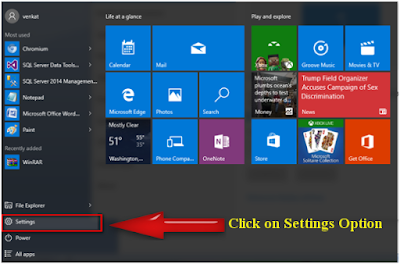
- Select System option under Setting.

- Click on App & Features option.
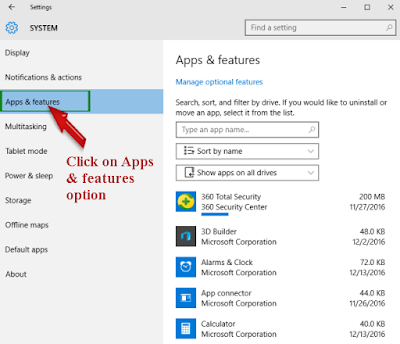
- Now, Uninstall all the unwanted program.
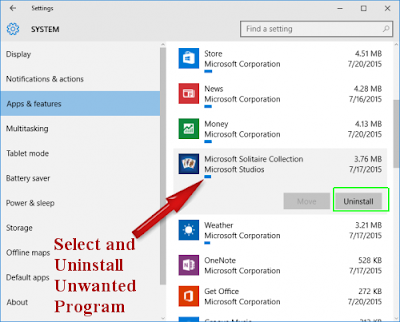
Guide 3 : Take Down Exp.CVE-2018-0860 From Registry Entry In Operating System
- Press 'Windows+R' keys to open Run box.
- Type 'regedit' in the box and click OK button.
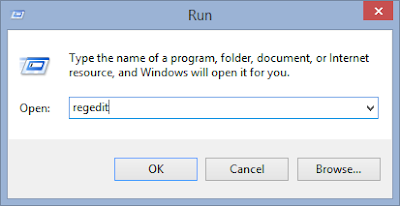
- Find out Uninstall all the registry files related to Exp.CVE-2018-0860.
HKEY_LOCAL_MACHINEOperating SystemCurrentControlSetServicesWpm
HKEY_CURRENT_USERSoftwareMicrosoftInternet ExplorerMain “Default_Page_URL”
HKEY_LOCAL_Machine\Software\ClassesExp.CVE-2018-0860
HKEY_CURRENT_USER\Software\Microsoft\Windows\CurrentVersion\Run “.exe”
HKCU\Software\Microsoft\Windows\CurrentVersion\Internet Settings\random
HKEY_LOCAL_MACHINE\SOFTWARE\Microsoft\Windows\CurrentVersion\run\random
HKEY_CURRENT_USER\Software\Microsoft\Windows\CurrentVersion\Internet Settings “CertificateRevocation” = ’0
Guide 4 : Take Down Exp.CVE-2018-0860 From Task Manager In Operating System
- Press Alt + Ctrl + Delete keys altogether to open task manager.

- In the window, click on Process tab.
- Select the unwanted processes running.

- Click on End Process.
Guide 5 : Steps To Start Operating System In Safe Mode
In windows XP/Vista/7 -
- Click on Start icon.
- Place the mouse on Shutdown button and then click on Restart button.
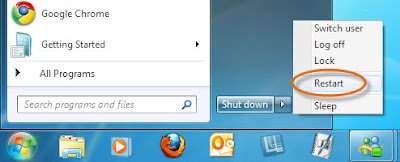
- Keep pressing F8 button when the Operating System starts booting-up.
- Select 'Advance boot menu' present on the screen.
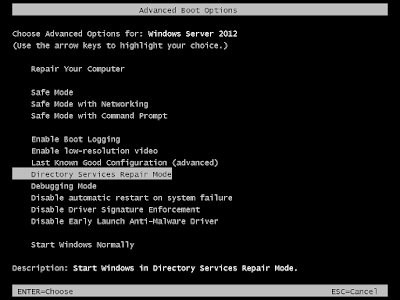
- Select 'Safe Mode With Networking' option and press Enter key.
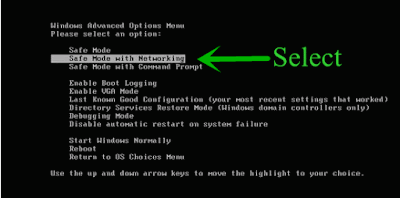
In windows 8/10 -
- Click on Start button and press Shift key at the same time.
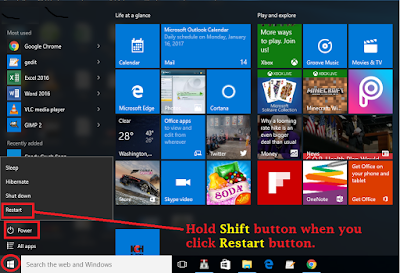
- Click on Restart button and click Troubleshoot option.
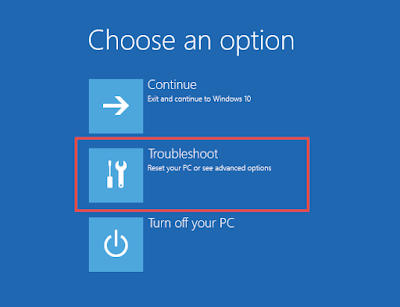
- Click on 'Advanced option' -> Startup Settings.
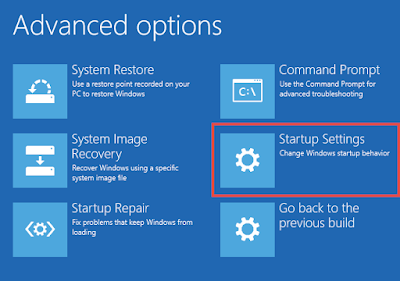
- Choose 'Enable Safe Mode' option from the given list and click on Restart.
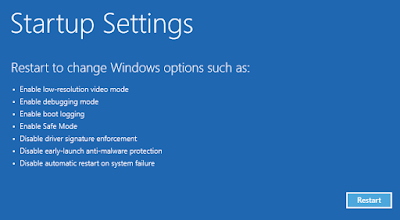
- Press F5 button to choose 'Safe Mode With Networking' mode.
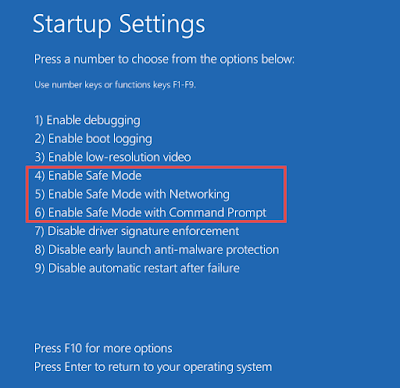

No comments:
Post a Comment